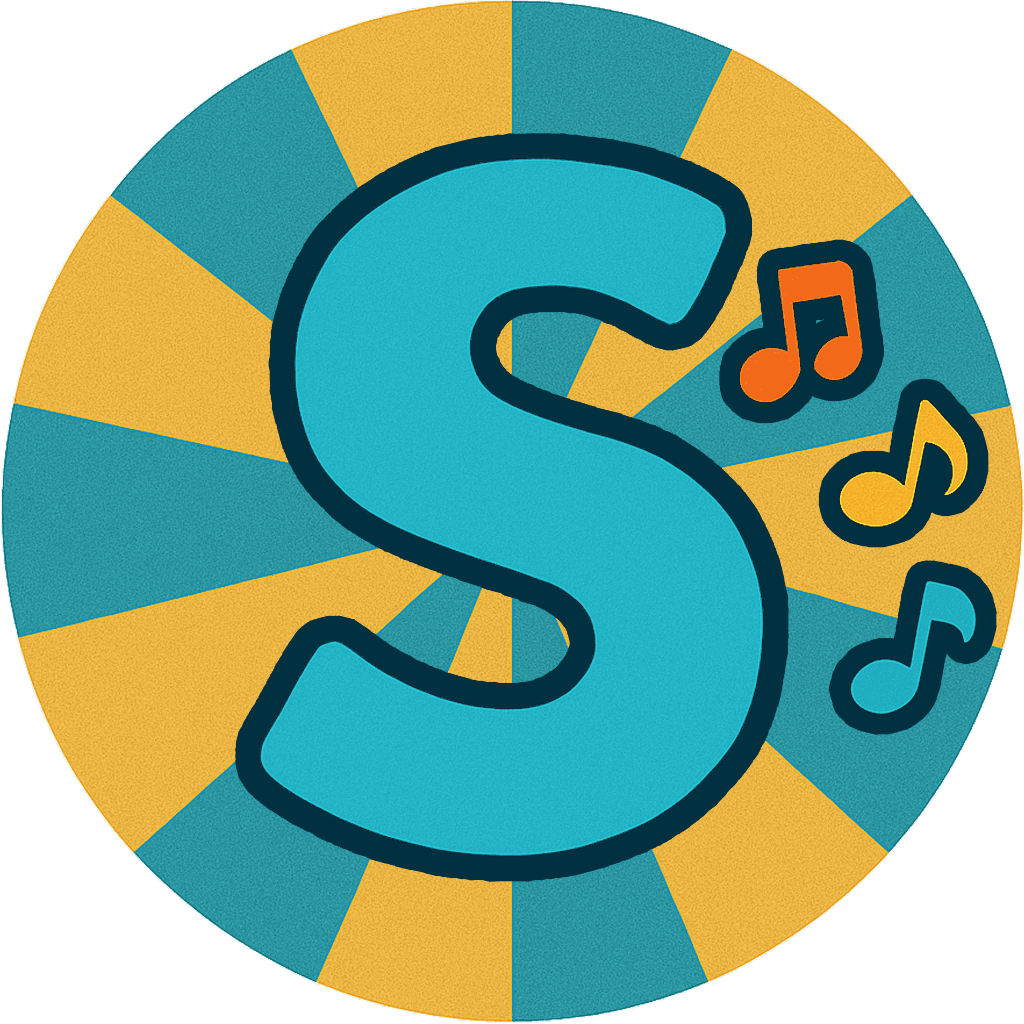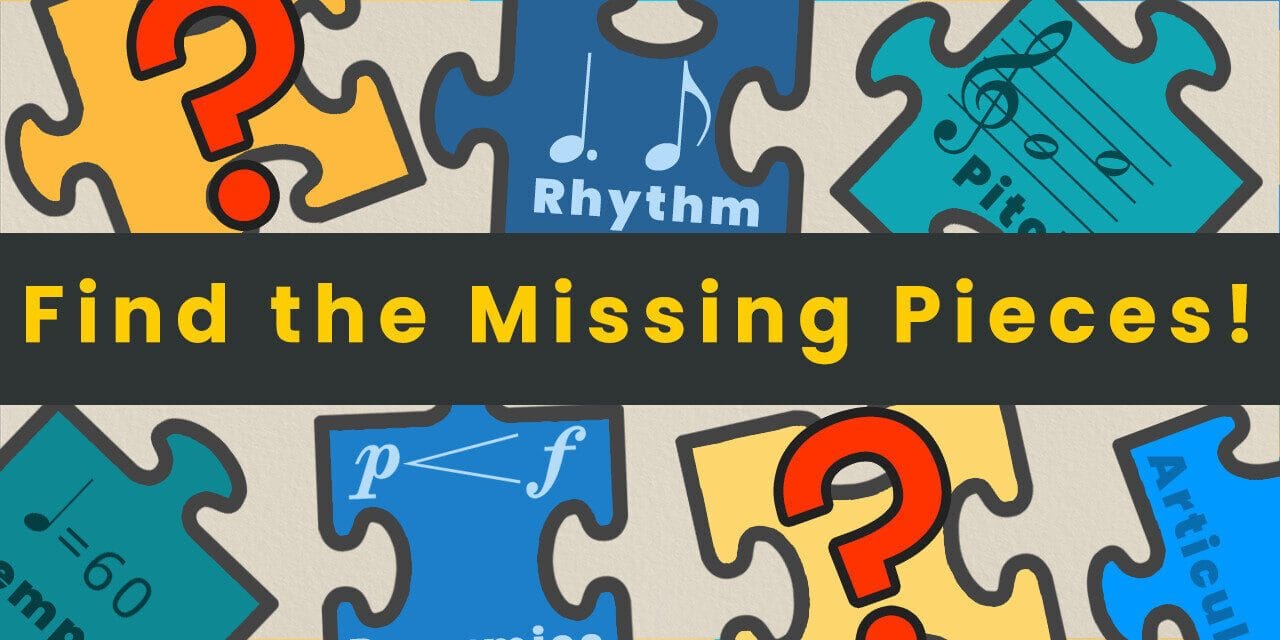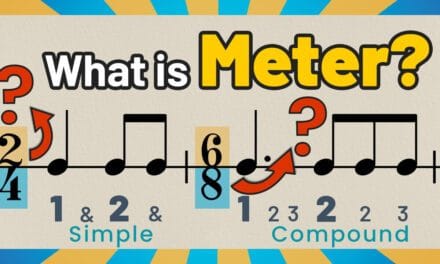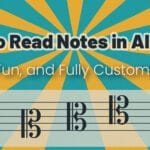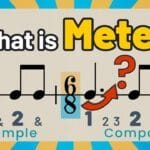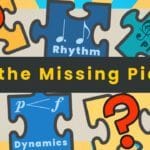Do you know all the building blocks of music? Music is built upon several fundamental elements that shape its structure and expression. Understanding these elements is the first step in developing essential musical skills like sight singing, ear training, and music theory. In this lesson, we explore these key building blocks and their role in music.
Rhythm: The Heartbeat of Music
Rhythm is one of the oldest elements of music. Before melodies and harmonies, early humans likely discovered rhythm by clapping, striking objects, or using simple percussion.
Rhythm encompasses various aspects, including duration, pulse, meter, and tempo. Simply put, rhythm is the regular pattern of beats in music. It gives music its movement and structure, allowing musicians to coordinate timing and feel.
Mastering rhythm is crucial for sight-singing and performance. On this channel, I’ll guide you through a structured approach to reading and performing rhythmic patterns with ease.
Intervals: The Distance Between Notes
Intervals refer to the distance between two musical notes. This concept is essential for understanding pitch relationships, reading music, and developing ear training skills.
Music consists of seven main notes: Do, Re, Mi, Fa, Sol, La, Si (or C, D, E, F, G, A, B in letter notation). The difference in pitch between these notes creates intervals, which shape the structure of a melody.
By learning to identify and sing intervals accurately, you will build a strong foundation for reading melodies and improving your musical ear.
Timbre: The Color of Sound
Timbre (also called tone color) is what makes each instrument or voice sound unique. It allows us to distinguish between a violin and a flute, or different singers performing the same melody.
Every instrument and voice has its own timbre, influenced by materials, shape, and playing technique. In orchestration, composers use a variety of timbres to create depth and contrast in their music.
Tempo: The Speed of Music
Tempo defines how fast or slow a piece of music is played. It can be described in relative terms (such as “fast,” “moderate,” or “slow”) or in exact beats per minute (BPM) using a metronome. Common tempo markings include:
- Allegro – Fast
- Moderato – Moderate speed
- Adagio – Slow
Tempo significantly affects the character and energy of a piece.
Dynamics: The Volume of Music
Dynamics determine the loudness or softness of music. Composers use dynamic markings to shape musical expression. Some common terms include:
- Piano (p) – Soft
- Forte (f) – Loud
- Crescendo ( < ) – Gradually getting louder
- Decrescendo ( > ) – Gradually getting softer
These variations in volume help bring emotion and contrast to a performance.
Articulations and Phrasing: Expressing Musical Ideas
Articulations define how individual notes or phrases should be played. They add clarity, emphasis, and character to a piece. Some common articulation markings include:
- Staccato – Short and detached notes
- Legato – Smooth and connected notes
- Tenuto – A soft emphasis on a note
- Accent – A stronger emphasis on a note
Musicians use articulation to enhance phrasing, making music more expressive and engaging.
Texture: How Musical Lines Interact
Texture refers to the way different musical sounds and melodic lines combine. The three primary textures in music are:
- Monophony – A single melodic line with no accompaniment.
- Homophony – A melody supported by chords or accompaniment.
- Polyphony – Multiple independent melodic lines sounding together.
Different textures create variety and depth in music, shaping the way we perceive a composition.
Form: The Structure of Music
Form is the overall organization of a piece. It determines how musical sections are arranged and repeated. Some common musical forms include:
- Binary (AB) – Two contrasting sections.
- Ternary (ABA) – A main section, followed by a contrasting section, and returning to the original.
- Rondo (ABACA) – A recurring theme alternates with different sections.
Form helps listeners follow a piece’s development and gives composers a framework for structuring their music.
Watch the Full Video
To see and hear these musical elements in action, watch the full lesson below:
This is just the beginning! If you’re interested in sight singing, ear training, and music theory, subscribe to SightSingy on YouTube for more lessons.
